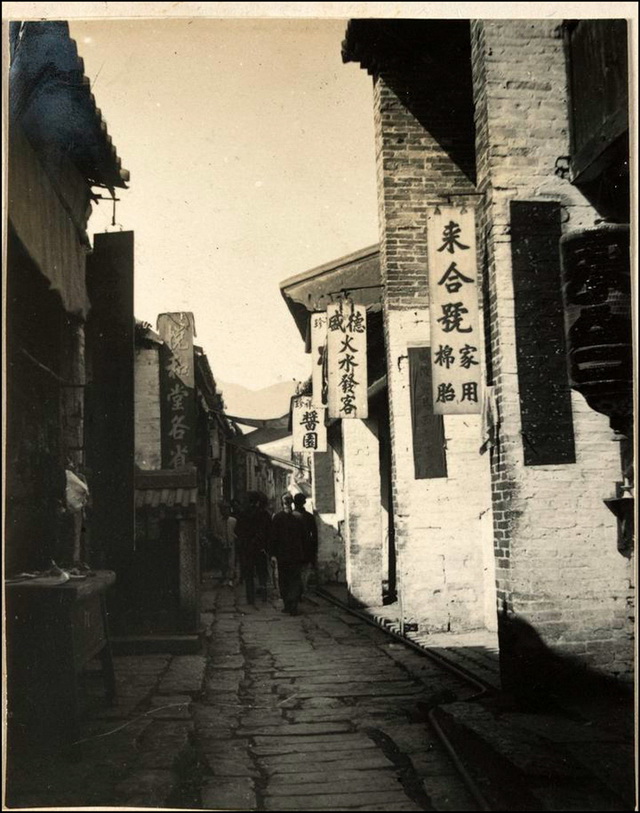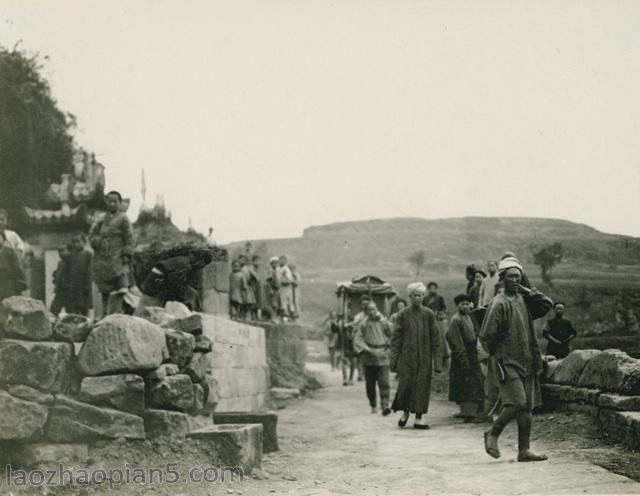[Tongzhu Button “Wenxian Defender’s Office”]
Tongzhu Button “Wenxian Defender’s Office”, Kangxi, Qing Dynasty, printed 7.6 × 7.6 cm, through height 10 cm
Printed copper cast, post button. The printed face is embossed with a wide border, and the printed text is cast in embossed script, starting from the top right. There is a regular script inscription on the printing platform, “printed by the governor of Wenxian County. Li Cao Zao. February, Friday. Tianzi 4693”
After the Qing Dynasty settled the Central Plains, the Emperor Shengzu of the Qing Dynasty withdrew the vassal in order to strengthen the unified regime. In the 12th year of Kangxi (1673), Wu Sangui, the king of Pingxi in Yunnan, joined forces with Shang Kexi, the king of Pingnan in Guangdong, and Geng Jingzhong, the king of Jingnan in Fujian, to rebel against the Qing Dynasty. Wu Sangui called himself the king of Zhou. At one time, the commanding officers in Guizhou, Sichuan, Shaanxi and Huguang responded. In the seventeenth year of Kangxi’s reign (1678), Wu Sangui was crowned emperor in Hengzhou. It was not until the 20th year of Kangxi’s reign (1681) that the San Francisco rebellion was completely put down. The model year printed by Wenxian Shouyu is “February, Friday”, which indicates that this seal is the local official seal issued by Wu Sangui when he became the king of Zhou. The implementation of the seal is also to indicate that Wu Sangui had the intention to become the emperor before he became the emperor in Hengzhou. The size of the printing number shows that Wu Sangui’s influence and appeal at that time were in full swing. The overall casting form of this seal is basically the same as that of the similar official seal of the Qing government.
![图片[1]-Tongzhu Button “Printed by Wen County Guard”-China Archive](https://chinaarchive.net/Qing dynasty/seal /12129[1024].jpg)
![“文县守御所印”印面 图片[2]-Tongzhu Button “Printed by Wen County Guard”-China Archive](https://chinaarchive.net/Qing dynasty/seal /12130[1024].jpg) “文县守御所印”印面
“文县守御所印”印面![“文县守御所印”印钤本 图片[3]-Tongzhu Button “Printed by Wen County Guard”-China Archive](https://chinaarchive.net/Qing dynasty/seal /12131[1024].jpg) “文县守御所印”印钤本
“文县守御所印”印钤本![“文县守御所印”印拓片 图片[4]-Tongzhu Button “Printed by Wen County Guard”-China Archive](https://chinaarchive.net/Qing dynasty/seal /12132[1024].jpg) “文县守御所印”印拓片
“文县守御所印”印拓片


![[Qing Dynasty] British female painter—Elizabeth Keith, using woodblock prints to record China from the late Qing Dynasty to the early Republic of China—1915-China Archive](https://chinaarchive.net/wp-content/uploads/2022/11/image-191x300.png)


